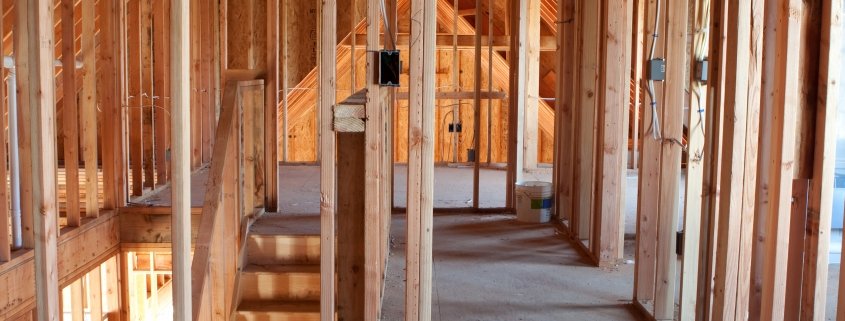Non-consented works and a pre-sale building inspection
The Building Act 2004 updated the previous 1992 Building Act and is there to protect us from shoddy building work and unsafe housing. Unfortunately, there are still plenty of properties out there that don’t adhere to the current Building Act. Some because they were built before the Act came in – and some because of non-consented works and poor building practices (which I’ve seen far too often when carrying out a pre-sale building inspection).
Non-consented works are those which haven’t been checked by the local council and given a CCC (Certificate of Code of Compliance) to prove that they adhere to the Building Act, or that they have obtained a building consent. CCCs are issued after the 1992 Building Act was introduced; prior to this, houses required a building permit. They may be perfectly well built, but unless they’ve got a CCC, there’s no way that buyers or lenders can know that.
As banks get tougher and buyers get more careful around what to invest in, having non-consented or permitted works on a property can be a real problem. If the council has no record of non-consented or permitted works, you could be in trouble.
The mystery behind non-consented works
Let’s talk about non-consented works (or at least those completed post July 1, 1992). Why would a home have non-consented works in the first place? Well, there are a number of reasons a renovation, extension, small change, or even full build may not have a CCC. The Building Act states that the owner is responsible for applying for the CCC. However, this may not have happened for various reasons and could have slipped through the cracks.
With our number 8 wire mentality here in NZ, it’s also possible that a handy DIY-er has added a bedroom, changed an office to a bathroom, or made other changes to the house without realising they would need to get a building consent. Or they may have just chosen to ignore it!
Getting non-consented works approved
So, if a home you’re trying to sell has non-consented works, what can you do about it?
Firstly, order your house’s property file from your local council. This will have all their official information about the property, and you can check to see whether what’s on the property file matches what is actually part of your home. If it looks like the property has non-consented works, a Certificate of Acceptance (COA) may be required.
The process of getting a COA is involved and may not be considered by the council if the non-consented work doesn’t comply with the building code. You’ll need the help of a council-approved specialist who deals with these types of issues. The initial meeting will let you know if it is even possible to get a COA.
Best case scenario after the meeting with the approved person is an application being made on your behalf to get a COA. Plans and any relevant documentation of the non-consented works will have to be provided, and a meeting with the council will take place to discuss the COA application.
All going well, the council will make a site visit and either approve or not approve the COA application. The submitted plans and any relevant other documentation will be lodged with the property file, but the council takes no responsibility for the non-consented works.
At least now when a property file is requested for your property in the future, there is a record of what has been done.
Worst case scenario? The council issues you with a notice to fix, which may mean you need to remove the non-consented works – at your cost.
The scenario for non-permitted works carried out before 1992 requires a Safe and Sanitary, Third Party Inspection Report – that’s another story but a similar process.
Avoiding non-consented work issues
So how can you avoid having non-consented works on your property? Well, the biggest thing is to be careful who you’re getting to do work – whether it’s building an extension or re-doing your kitchen. Look for references and reviews, consider whether the person carrying out the work is a Licensed Building Practitioner (LBP), and ask them whether the work requires a building consent?
If you’re doing work yourself, make sure you know the requirements. My advice is always to check with the council and get the response in writing, as “I spoke with John Smith at the council and he said I didn’t need a Building Consent” won’t stand up when scrutinised!
After all, when it comes time to sell, you don’t want to be met with any nasty surprises that could jeopardise your sale.
Getting a pre-sale building inspection
Unfortunately, many houses I inspect have had alterations carried out which may have required a building consent. Obtaining a property file is one way of comparing apples with apples. A pre-sale inspection is one way of identifying if you have any potential problems or maintenance which you may or may not wish to resolve prior to going to market.
Ready to sell? Be prepared for any nasty surprises with a pre-sale building inspection. Get a free quote today.








